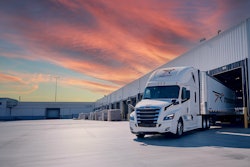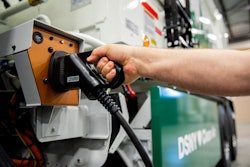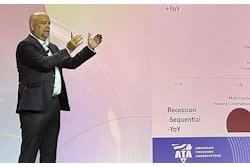As the push for sustainable practices intensifies, fleet operators face crucial decisions regarding alternative fuels. Propane and electric vehicles are two prominent options.
What kind of fleet is best suited for electric versus propane autogas?
The best option will be driven by the class of vehicle, upfit type, and specific fleet needs such as range, required payload, etc.
EV has a bright future in light duty as those vehicles provide enough range for municipal and last mile fleets. It will take much longer for EVs to become commercially viable in complex work trucks due to limitations on range and available payload.
Propane offers the most versatility at this point in time for Class 4-7 trucks and buses. There is nominal impact to payload, range is comparable to traditional fuels, and the fuel is plentiful driving stable fuel prices and significant savings
For both technology solutions, a hub and spoke fleet is usually the preferred path so that infrastructure can be installed and fleet assets can be fueled/charged when not running routes.
How can I make comparisons when choosing between alternative fuels?
Talk with your OEM partners to see what options are available in the class of vehicles you operate. Think about your required range, required payload, access to infrastructure and available funding.
Contact your local Clean Cities coalition as they have access to many of the technology providers and relationships with fleets.
There are a lot of use cases and case studies for each of the technologies. Talk with and learn from your peers on their direct experiences. Research data to learn what technology makes the most sense. Couple that with a total cost of ownership assessment between the technologies and it will depict a much quicker and cost-effective path to reduce emissions.
I recommend trying an EV truck if incentives are available.
What about other alternative fuels like CNG and hydrogen?
We are hearing less and less about CNG. It is a domestic energy source with proven technology but it feels like it has been forgotten with all of the buzz about EV. Hydrogen fuel cell is a very interesting option but due to cost of vehicle technology and fueling infrastructure, it feels like it will gravitate to Class 8 trucks in the longer term since those trucks have the real estate for tanks and drive enough miles to justify the significant investment. It continues to be called the “fuel of the future” but tough to gage when that future will arrive.
What about emissions?
We all want zero emissions. But zero tailpipe does not mean zero emissions when you look at the complete lifecycle of that energy source. For example, electricity has to be generated and much of it in this country is generated by coal. There are some states where a fleet would be better off running a diesel truck based on how the electricity is generated.
Propane engines on the market are certified to the lowest nitrogen oxide level of 0.02g, and there is a growing supply of renewable propane which provides an even greater emissions reduction.
What does the emission and size footprint look like for an electric charging station?
This will really vary based on the type of charging required based on the duty cycle, the number of EVs being charged and the state. Each state has a different carbon intensity for the electricity they generate. Some, like South Carolina (nuclear) or Vermont (hydro) provide very clean power. The majority of the country still has a long way to go to produce clean and reliable electricity for transportation.
Consider how much battery capacity is on the truck and the type(s) of chargers the truck has access to. Just like other fuels/energy options, fleets have to assess if a full charge is necessary daily to complete the required tasks.
Be sure to also talk with your local utility to ensure they are prepared for the demand and significant work needed to create a resilient grid.
What does the emission and size footprint look like for a propane fueling station?
This will vary by the number of vehicles that a fleet needs to fuel. For a small fleet, propane suppliers can install fueling infrastructure that takes up the size of a couple of parking spaces. For larger fleets, propane suppliers can install a multi-tank station. Propane is non-toxic so another benefit is that if space is at a premium, propane fuel tanks can be buried underground.
Today’s propane stations all offer low-emission fill nozzles that require a very small amount of energy in order to pump the fuel from station into the vehicle. The propane industry also provides an off-grid option for fueling both propane trucks and charging electric vehicles for added resiliency.
Final thoughts
The alternative fuels industry has evolved a lot over the last 15 years. There is more concrete information available and peer experience on all of the technologies, making it easier to choose a solution and a partner — and have confidence in the decision.




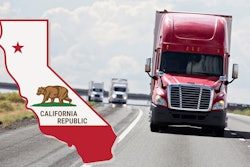

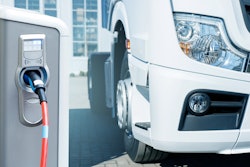
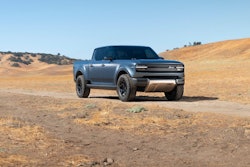

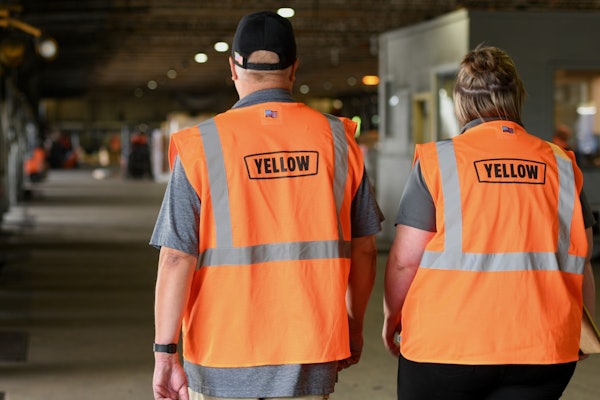
![Volvo Vnl Sleeper Review[20]](https://img.ccjdigital.com/mindful/rr/workspaces/default/uploads/2025/11/volvo-vnl-sleeper-review20.lrVppY9UDR.jpg?auto=format%2Ccompress&fit=crop&h=167&q=70&w=250)
